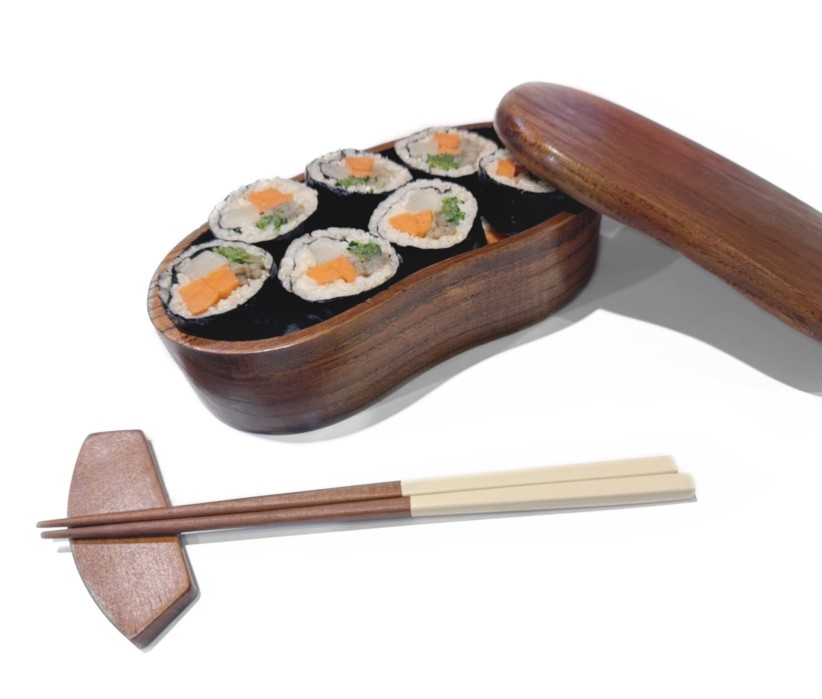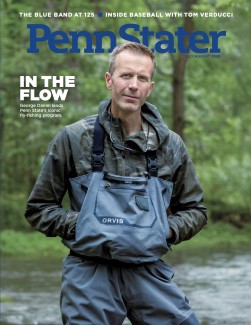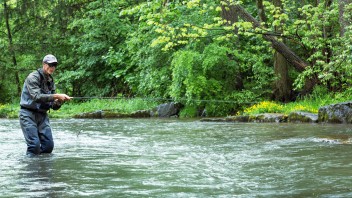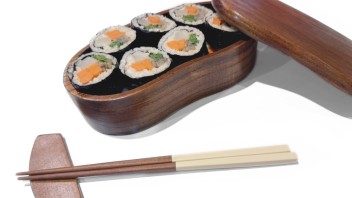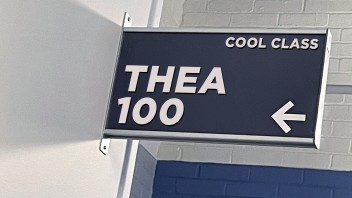Most mornings, Michelle Bae-Dimitriadis neatly packs a lunchbox with homemade Korean foods: Rice, greens, and various side dishes. Come noon, she likes to wander around the University Park campus looking for impromptu lunch dates. Some are people she knows. Some are people she has never met before with whom she looks to strike up a conversation and share the contents of her lunchbox.
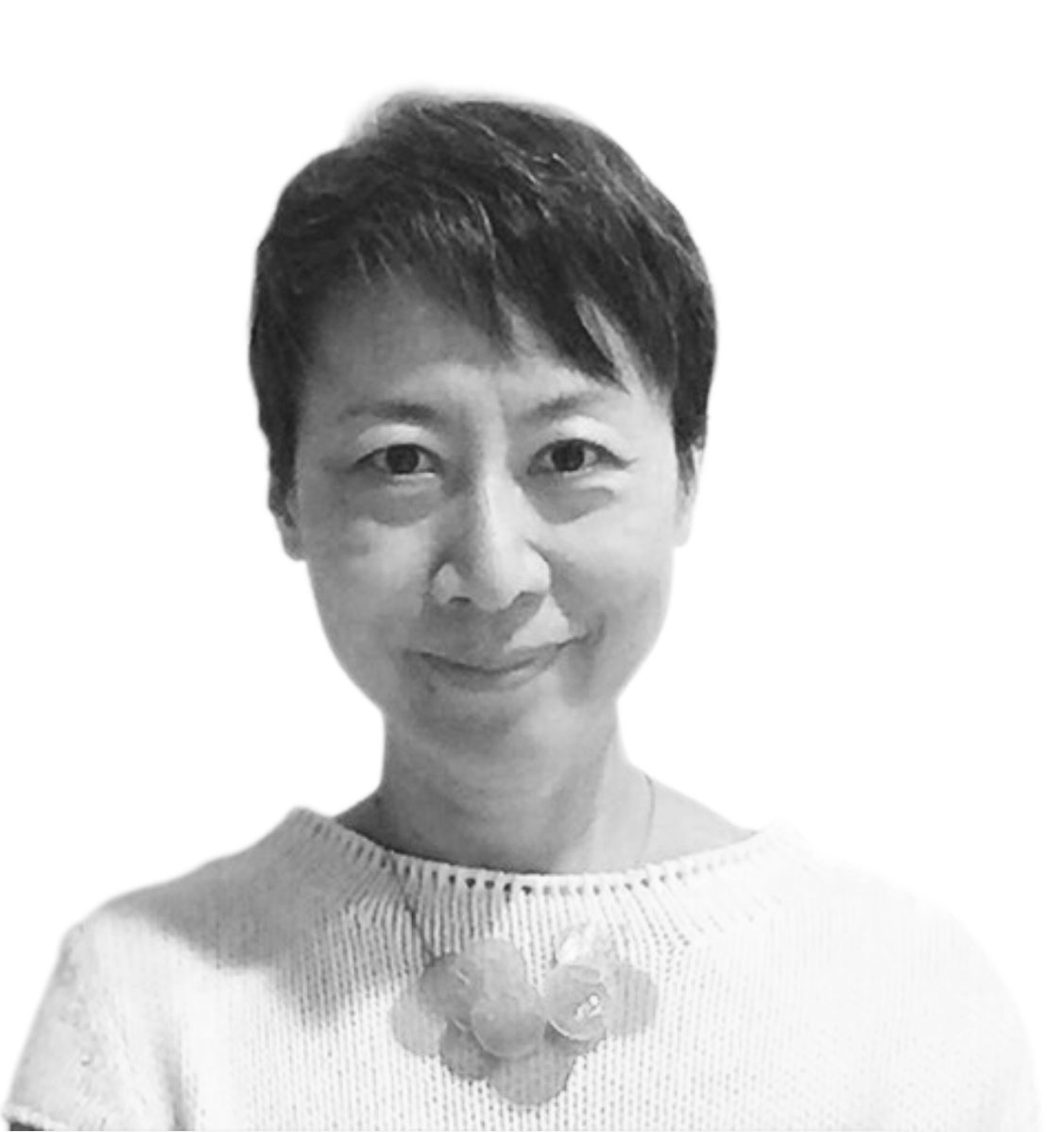 A traditional Korean dosirak lunchbox is an art form unto itself, Bae-Dimitriadis says. In preparing it, she is paying homage to her culture, and to her mother and her grandmothers, all of whom were excellent cooks and well versed in the art of the lunchbox. But for Bae-Dimitriadis, associate professor of art education, Asian studies, and women’s, gender, and sexuality studies, the dosirak is more than a lunchbox. It is the starting point for a conversation, for cultural exchange, for the spontaneous sharing of stories and lived experiences—joyful, painful, sorrowful, and healing.
A traditional Korean dosirak lunchbox is an art form unto itself, Bae-Dimitriadis says. In preparing it, she is paying homage to her culture, and to her mother and her grandmothers, all of whom were excellent cooks and well versed in the art of the lunchbox. But for Bae-Dimitriadis, associate professor of art education, Asian studies, and women’s, gender, and sexuality studies, the dosirak is more than a lunchbox. It is the starting point for a conversation, for cultural exchange, for the spontaneous sharing of stories and lived experiences—joyful, painful, sorrowful, and healing.
“I view the dosirak as art-in-action,” Bae-Dimitriadis says. “The ancestral Korean cultural ethos of nanoom that means sharing, helped sustain lives through a myriad of historical and social challenges. I wish to open a space to acknowledge food as a vessel for survival, hope, resilience, and solidarity among living communities.”
Since starting her project in 2018, she has met people from many walks of life. Some have eagerly shared the contents of her lunchbox. Others have been reticent, wary of ingredients like namul (wild greens), a favorite of Bae-Dimitriadis, and important to Korean gastronomy and traditional medicine. Many have been happy to engage in conversation over the lunch. Bae-Dimitriadis has logged all her interactions; this lunchbox dialogue, she says, is “a story-in-making for nonoppressive, nondomineering relation-making.”
Since her days as an art student in both Korea and the U.S., Bae-Dimitriadis has been interested in creating art through community engagement. She’s particularly interested in how Asian immigrant youth can use art and media to connect with their heritage, feel pride in it, and assert their identity while also acclimating to the broader American culture. Since 2012, she has worked closely with refugee children and teens from the Karen tribe—an ethnic group indigenous to Myanmar, which in late March was hit by a devastating earthquake—that have faced significant persecution and human rights abuses by the Burmese military dictatorship. She encountered the children randomly in Buffalo, N.Y., in 2012 and was inspired to start weekend workshops for the youngsters to introduce them to art and technology. Their collaboration resulted in several projects, including a graphic novel, The Weeds Story, funded by a College of Arts and Architecture Racial Justice, Anti-Discrimination, and Democratic Practices grant.
LUNCHBOX FAVES
Kimbap (Korean-style roll), japchae (sweet potato noodle with vegetables), rice with banchan (assorted side dishes including Korean mountain herbs, radish pickle, spicy tofu, stir-fried burdock and lotus root). “Most non-Koreans like japchae, kimbap, and bulgogi (soy sauce marinated beef).”
